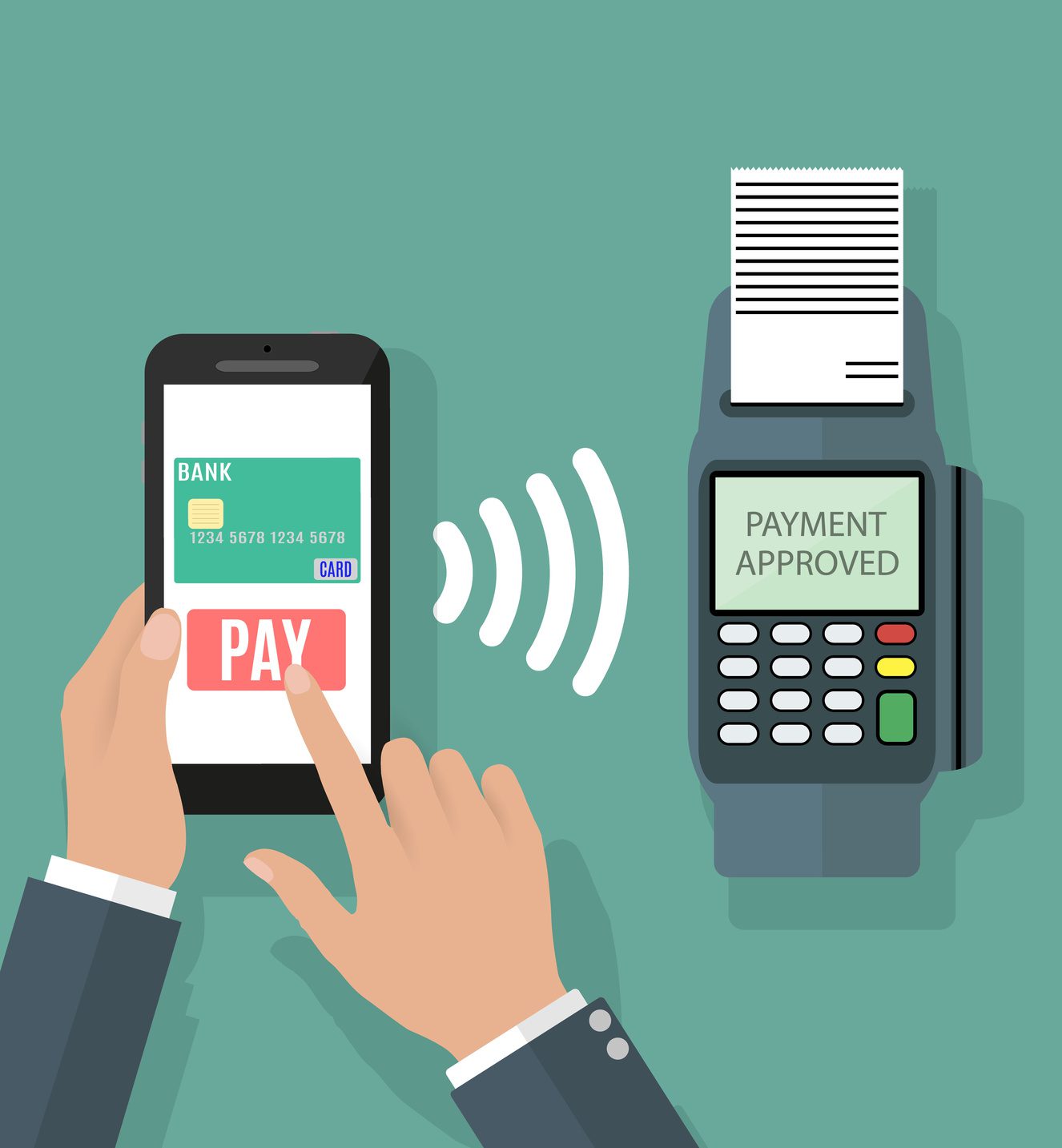Today’s U.S. workforce is more diverse than ever. Between millennials, baby boomers, students, retirees, employees and freelancers, employers are challenged with adapting to, attracting and retaining workers from these various groups within their organization. One of these challenges is how to meet their workforce’s demand for more immediate ways to receive their pay.
Businesses of all kinds are shifting to electronic or paperless payroll vs. traditional paper checks to meet the needs of both their banked and unbanked employee populations. By implementing paperless payroll options like direct deposit, payroll cards and even innovative electronic checks, companies can better position themselves to deliver immediate access to pay for their workforce while helping to reduce their payroll costs. Paperless pay can help employers reduce time and resources needed to process paper payments, help eliminate costs from printing and delivery of checks, and can help reduce compliance fines from late delivery of paper paychecks due to inclement weather delays.
While a large chunk of today’s banked population currently uses direct deposit, payroll cards can help meet the needs of unbanked employees who may not want a traditional bank account. Employees are not subject to credit checks when using a payroll card, as it is a prepaid debit card. Payroll cardholders receive their pay electronically and can use it to immediately to make in-store purchases, shop online, pay bills or withdraw cash – however they choose. Receiving pay through a payroll card also means an employee won’t need to spend valuable time waiting in lines or paying check-cashing fees to access their pay at check cashing stores.
Prepaid cards, which include payroll cards, are becoming a more mainstream financial tool for more Americans. According to a study from The Pew Charitable Trusts®, the U.S. banked population chooses prepaid cards for many of the same reasons the unbanked population does. For example, the study found that, while 57 percent of unbanked employees use prepaid cards to avoid check-cashing fees, 46 percent of banked employees also want to avoid the same fees. Further, 72 percent of unbanked employees and 45 percent of banked employees choose prepaid cards to avoid overdraft fees. The needs of both banked and unbanked employees can be met through a payroll card and it’s becoming increasingly important for employers to widen who they offer payroll cards to.
Electronic payroll options can help employers quickly adapt to the next big trend in wage payments — the increasing importance of mobile financial solutions. Payroll card providers usually offer a mobile app that allows cardholders to manage their account while on-the-go. Millennials’ strong adoption of prepaid payroll cards is driving more payroll card providers to offer features and benefits typically offered with bank accounts. For example, ADP launched Apple Pay® earlier this year, allowing their ALINE Card by ADP® cardholders to make purchases in store and in apps using their mobile devices.
As employers continue to seek ways to address evolving employee needs, adopting paperless payroll options remains one of their best options to help reduce payroll costs and offer their changing workforce more immediate, secure, and convenient ways to get paid.
- The Pew Charitable Trusts, “Banking on Prepaid”
- PYMNTS.com, “The Payroll Card Taps Into Apple Pay”
The ALINE Card by ADP is issued by MB Financial Bank, N.A., Member FDIC, pursuant to a license from Visa U.S.A. Inc.. ADP is a registered ISO of MB Financial Bank. ADP, the ADP logo and ALINE Card by ADP are registered trademarks of ADP, LLC. Apple Pay is a registered trademark of Apple Inc. All other marks are the property of their respective owners. Copyright © 2016 ADP, LLC. All rights reserved.











